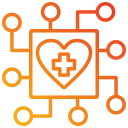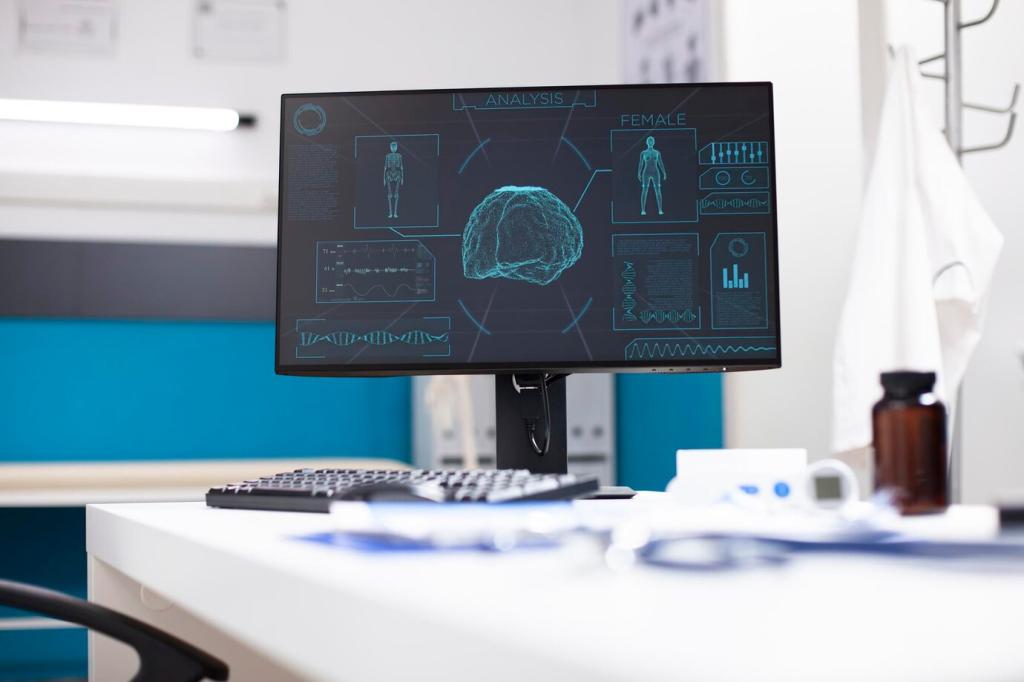Inside the Technology: From Signals to Insights
Wearable sensors capture heart rate, motion, temperature, and sometimes oxygen or glucose levels. AI aligns these streams with your routines—sleep, exercise, meals, and medication—to reduce false alarms. Personalized baselines matter: your healthy range might differ from mine, and models should adjust accordingly over time.
Inside the Technology: From Signals to Insights
Techniques like federated learning keep personal data on-device while improving global models. Feature extraction and temporal architectures help interpret trends, not just single points. The goal is dependable patterns and clear thresholds, balanced with transparency so you understand confidence levels and limits before acting.





